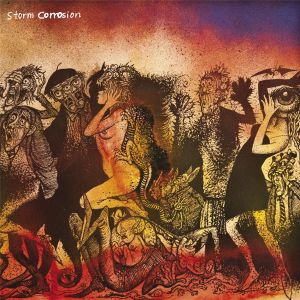I’d say it’s about time I dig into the archives of music released earlier than just the past few years. As soon as I made that decision, one specific artist popped into my head almost immediately: Herbie Hancock. And why not? He’s only one of the most influential musicians ever to exist in the jazz fusion world. I would bet money that a large majority of the artists that I’ve featured previously on the site were influenced either directly or indirectly in some form by Herbie Hancock. He was a man who extended his creative genius far beyond the world of jazz. He was a musical innovator that made breakthroughs in the use of electronic synthesizers and freeform improvisation. He combined stylistic elements of jazz, blues, funk, and modern classical music into a totally unique fusion of genres. The legacy which he has created will last for many long years to come and influence many new generations of musicians. Anyone who claims that Hancock was “before their time” deserves to be slapped senseless.
The album that I’m focusing on in particular today is one of his 1974 releases, Thrust. As the followup to his ’73 release Headhunters, Hancock was now firmly entrenched in the widely popular, highly competitive funk-jazz-fusion game of the era. But Herbie is never one to be outshined or assimilated into a much greater collection of mediocre artists. No, he has always been the one to push the limits past the point where anyone thought they could go. In order to accomplish such a gargantuan undertaking, he’s assembled a legendary cast of characters to accompany him. On bass guitar is his main man, Paul Jackson, who went on to play on nine of Hancock’s subsequent releases. Bernie Maupin, a master multireedist, takes care of all the lead woodwind parts. Aside from his work with Herbie, he is most well known for his performance on the seminal Miles Davis album Bitches Brew, his role as a bandleader, and his collaborations with the likes of Horace Silver and McCoy Tyner.





